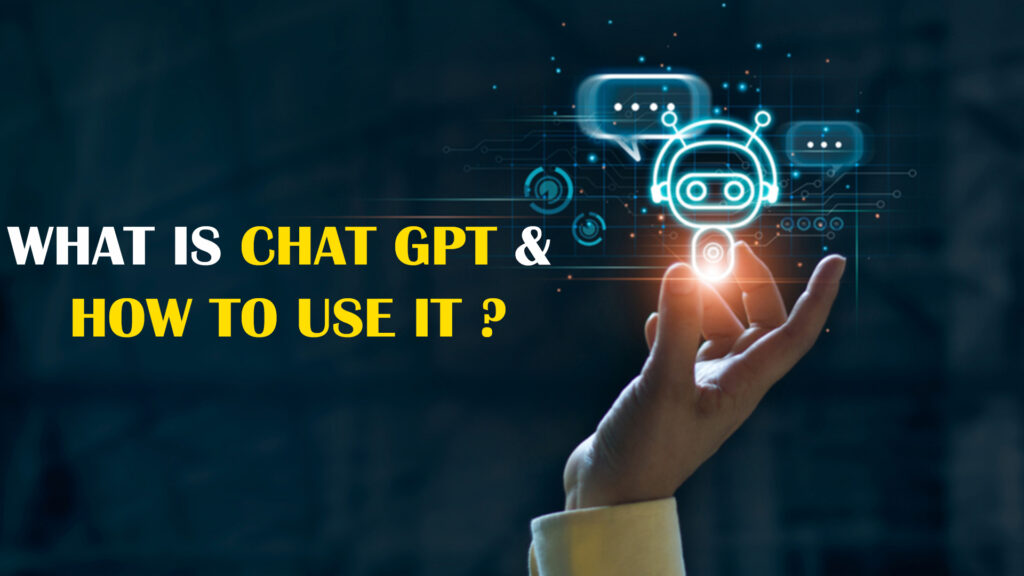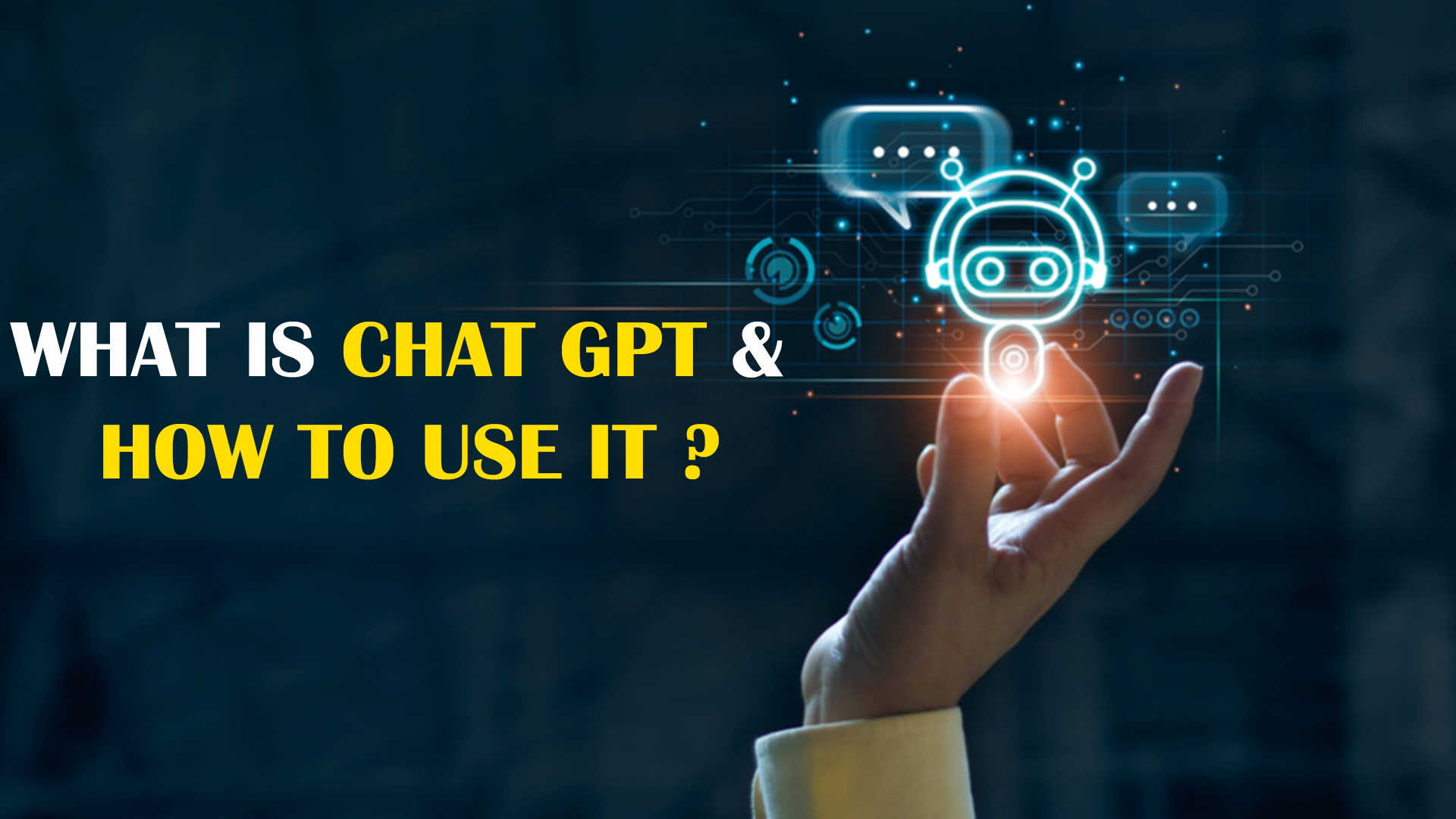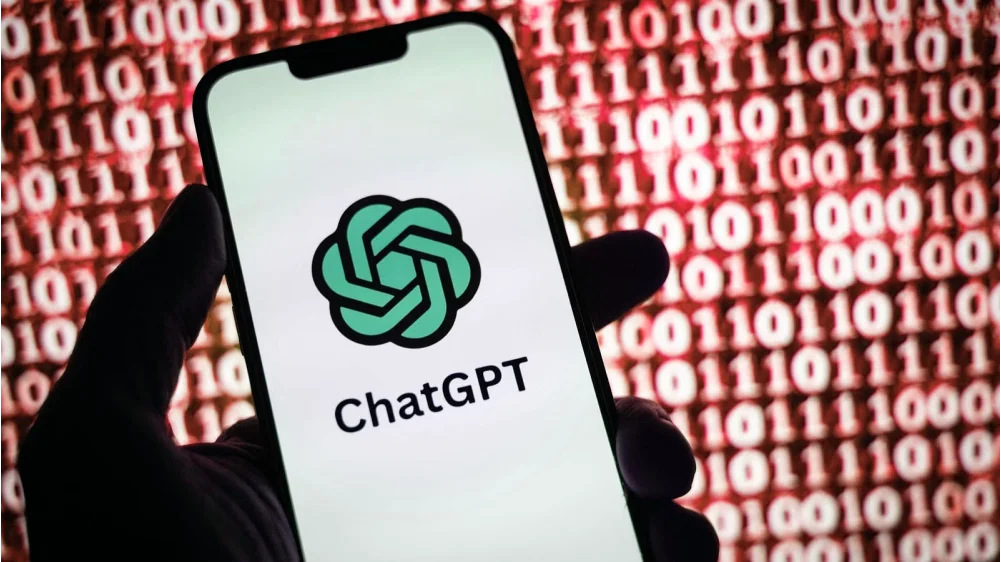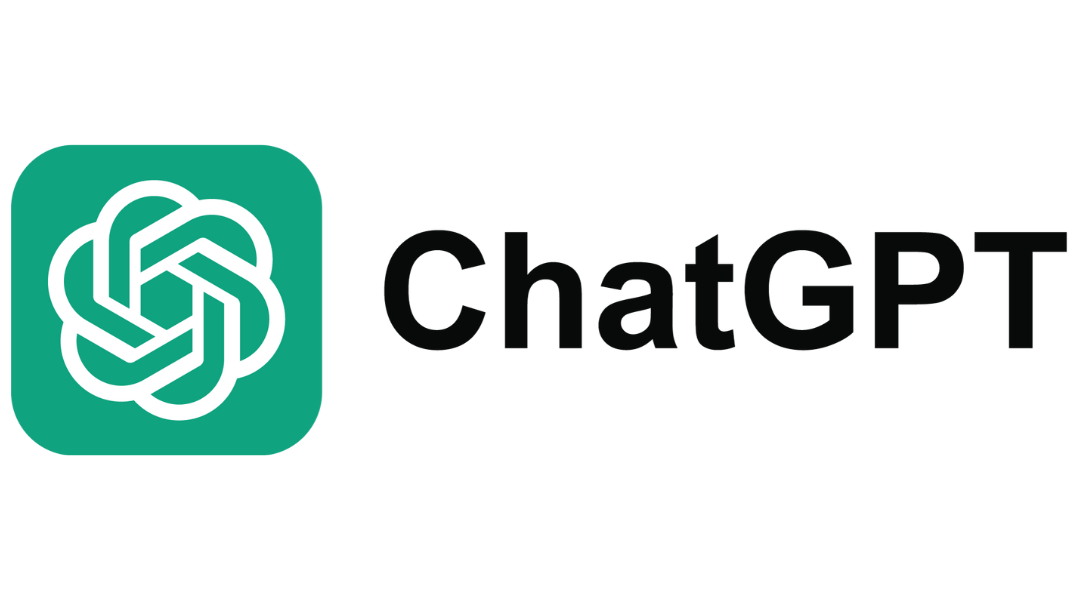ChatGPT has become a very powerful tool for most individuals and businesses seeking to use AI for various activities. This guide will show you how to use ChatGPT, pointing out some of its benefits and drawbacks while providing practical tips on maximizing its potential.
1. Introduction to ChatGPT
ChatGPT is an AI-powered chatbot model developed by OpenAI. Designed to understand and respond to text-based commands, ChatGPT is used in a variety of tasks, including:
- Answering questions of any type
- Generating content
- Assisting with problem-solving
- Streamlining communication
This flexibility makes it a versatile tool for personal, educational, and professional use.
2. Getting Started with ChatGPT
Step 1: Choose the Right Platform
ChatGPT is accessible via OpenAI’s official website or through apps that integrate the API. You may also find it embedded in services like Slack or Microsoft Teams.
Step 2: Create an Account
Sign up for an OpenAI account and choose between free or premium plans. A subscription to ChatGPT Plus unlocks access to GPT-4, the more advanced version of the model.
Step 3: Understand the Interface
- Input Box: Type your questions or requests.
- Response Area: View the AI’s replies.
- History: Review past conversations (if enabled).
Step 4: Start Asking Questions
Begin with simple queries like:
- “What is the capital of France?”
- “Can you help me draft an email?”
3. Applications of ChatGPT
For Personal Use
- Writing Assistance: Create resumes, cover letters, and personal statements.
- Learning Support: Understand complex topics or brainstorm ideas.
- Language Practice: Improve skills in foreign languages by simulating conversations.
For Professional Use
- Content Creation: Draft blogs, reports, and presentations.
- Customer Support: Automate responses to common queries.
- Data Analysis: Summarize and interpret data.
For Education
- Tutoring: Explain concepts in various subjects.
- Study Guides: Generate summaries of books or lectures.
- Research Aid: Identify resources and draft outlines for essays.
For Creativity
- Storytelling: Write narratives or poems.
- Idea Generation: Brainstorm new concepts for projects or campaigns.
- Game Development: Craft character dialogues or game narratives.
4. How to Use ChatGPT Effectively
Crafting Clear Prompts
The quality of your input determines the quality of ChatGPT’s output.
- Vague Prompt: “Write a story.”
- Clear Prompt: “Write a 500-word mystery story set in Victorian London.”
Using Iterative Refinement
Don’t settle for the first response. Request improvements or adjustments:
- “Can you make it more formal?”
- “Expand on the second point.”
Breaking Down Complex Tasks
For large projects, divide tasks into smaller steps.
- Example: “First, create an outline. Then write the introduction.”
Combining Human Review
AI is a powerful assistant, but always review outputs to ensure accuracy and relevance.
5. Pros of ChatGPT
1. Accessibility
- Available 24/7.
- Easy-to-use interface.
2. Versatility
Handles a wide range of topics and tasks, from casual conversations to professional writing.
3. Speed
Generates responses almost instantly, saving time.
4. Creativity
Helps brainstorm ideas and produce creative content.
5. Cost-Effective
The free tier allows users to experiment without financial commitment, while the premium version offers advanced capabilities for a reasonable price.
6. Cons of ChatGPT
1. Lack of Accuracy
While ChatGPT is knowledgeable, it can sometimes produce incorrect or outdated information.
2. Over-Reliance Risk
Dependence on AI may reduce critical thinking or creativity in some users.
3. Limited Context Understanding
ChatGPT may struggle with ambiguous inputs or nuanced topics.
4. Ethical Concerns
Potential misuse, such as generating misleading content or plagiarism, raises ethical questions.
5. Data Privacy
Conversations are saved unless explicitly deleted, which may raise concerns about sensitive data.
7. Tips for Overcoming Limitations
Fact-Check Information
Always verify ChatGPT’s answers with trusted sources, especially for critical tasks.
Provide Clear Context
The more specific your input, the better the output. Include details like tone, audience, and purpose.
Use for Assistance, Not Replacement
Combine AI-generated content with your own ideas and edits for the best results.
Be Cautious with Sensitive Data
Avoid sharing personal or confidential information.
8. Conclusion
ChatGPT is a game-changer in the world of AI communication, offering incredible opportunities for personal and professional growth. But, like any tool, it is only as good as how well it is used. Knowing its strengths and weaknesses and applying best practices can unlock its full potential.
Start exploring ChatGPT today and discover how it can transform the way you work, learn, and create.



.jfif)




